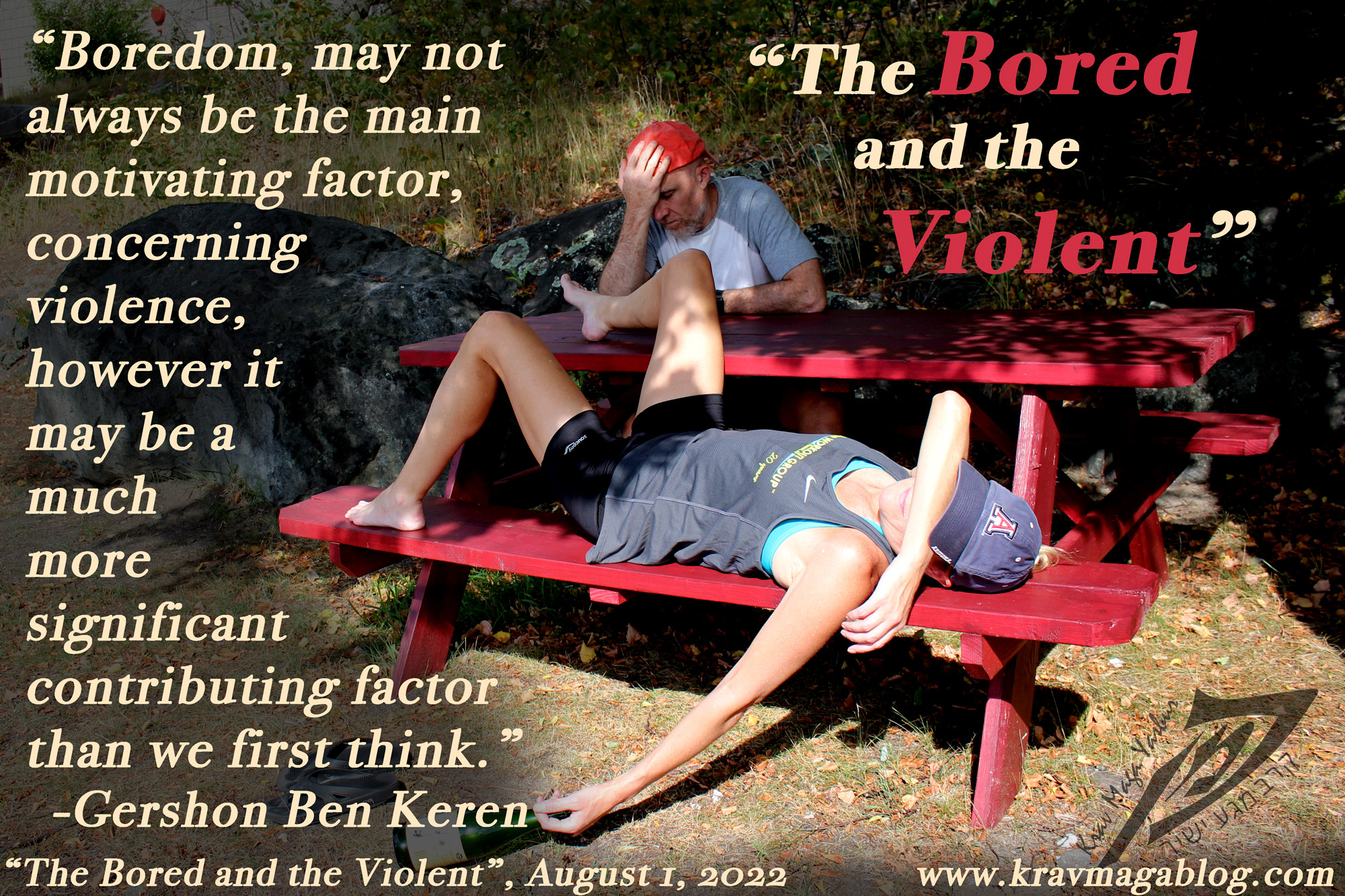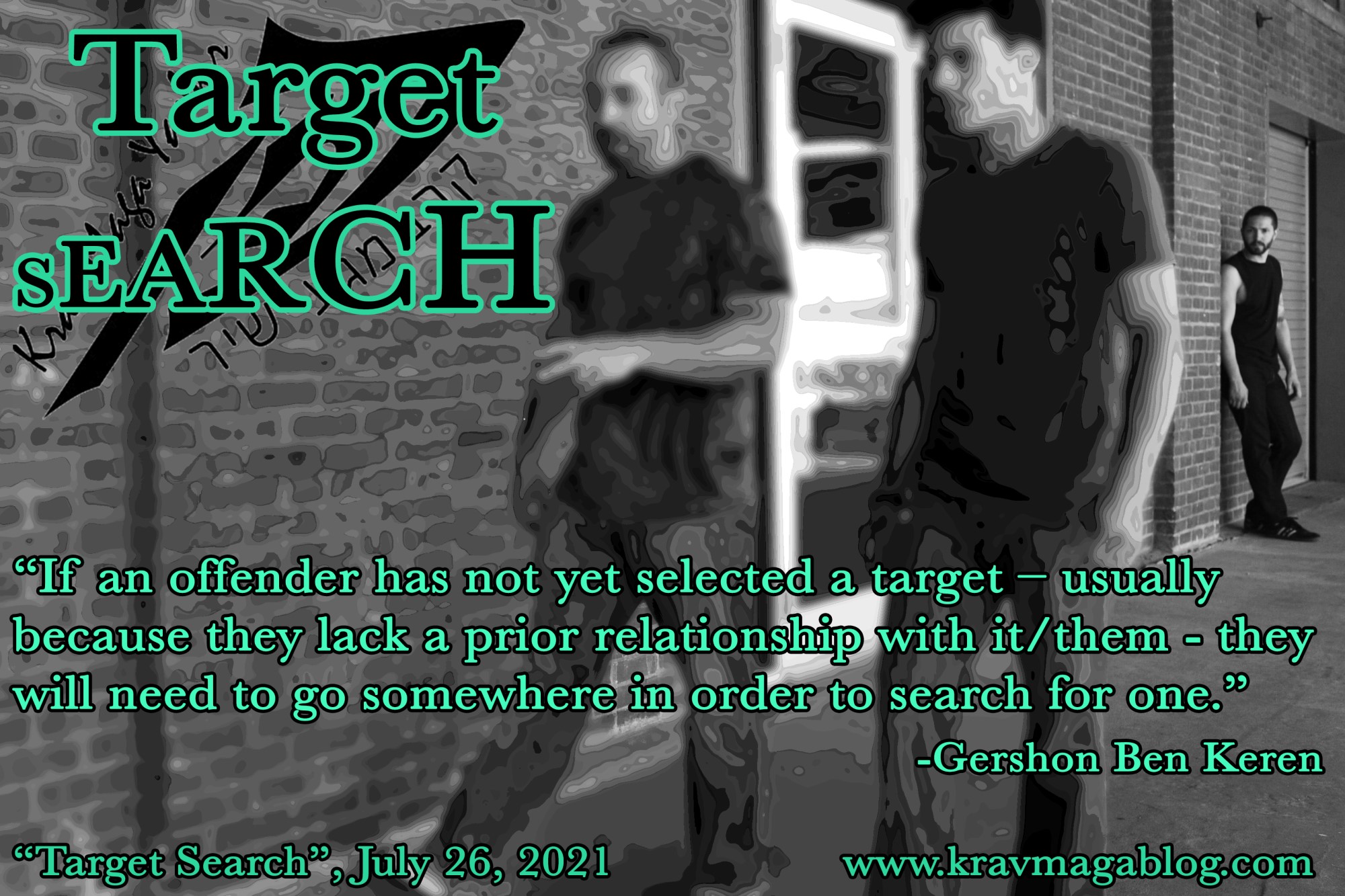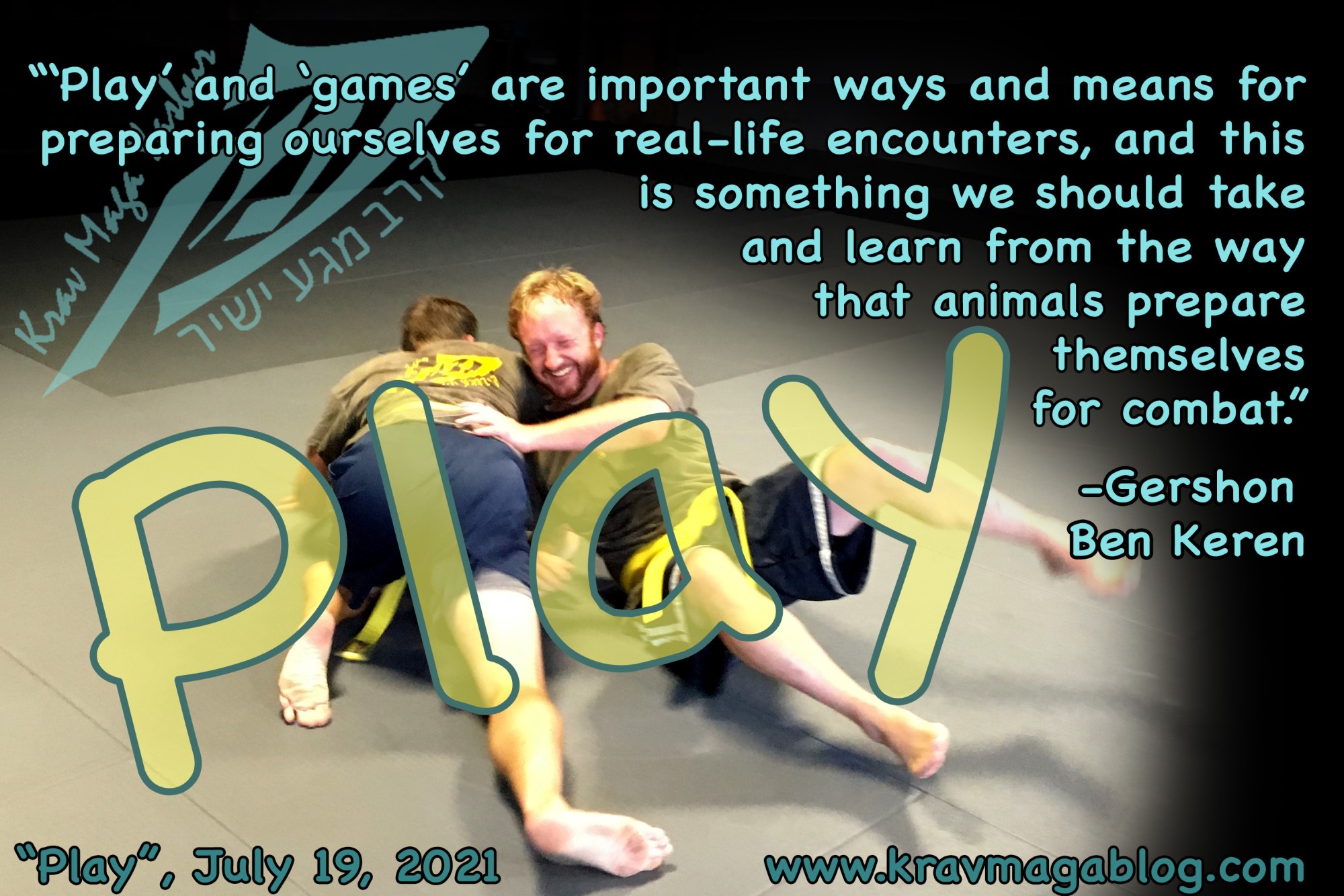Training While Aging, is an article written by Gershon Ben Keren, a 5th Degree Black Belt in Krav Maga, who teaches Krav Maga in Boston, MA. He has also authored three Amazon best-Selling Books on Krav Maga.
I was asked a few days ago, how I’ve changed my training over the years as I’ve got older, so I thought I’d share my experiences – as to how I’ve adapted and changed what I’ve done over the years, along with how I’ve tried to manage and mitigate injuries etc. At the time of writing this, I’m 48 years old, and have been practicing martial arts since I was eight years old, starting with Judo. I started lifting weights when I was eighteen and continue to do so. Up until the past couple of years, I used to run regularly i.e. 2-3 times a week. So that’s my basic exercise history.
When I was in my twenties, my focus was solely on performance. I was lifting weights with the goal of putting extra pounds on the bar, whilst maintaining my same bodyweight – this had been my mentality as a competitive Judoka (even though a back injury took me out of high level competing when I was 22), where I wanted to get stronger but not heavier; as I didn’t want to move up weight classes. This meant that most of my lifting was to “educate” my muscles to engage more in a lift, rather than to bulk up like a body builder, so most of my lifting was based around the Olympic Lifts, such as cleans and snatches. I used to supplement this with Kettlebell training. This was at a time when, certainly in the UK, there wasn’t much knowledge about Kettlebells, and I had to get mine made by a blacksmith in the North of England (my first pair of 24 Kg bells looked like cannonballs with a thick handle attached to them).
I also used to do a lot of what was referred to at the time as “rogue” training, which is basically what Crossfit is now – ironically when Crossfit first started up their intended goal was to move people out of commercial gyms and get/certify people to be able to train themselves at home, in their garage, rather than setup franchises, etc. However, all this explosive training, started to get more difficult as I got older, and reduced the amount of time I could train martial arts effectively, because the recovery from it did not really suit an older body. When people are planning lifting routines, they often forget that the nervous system needs to recover as well, and are baffled because they’re exhausted in their chest/shoulder workout, even though they’ve been training their back and legs over the previous days. As you get older, your nervous system, which is needed to recruit the muscles in order to lift, needs longer to recover, and so when I lift now, I’ve found doing four sets of four, lifting heavy, takes less out of me than say three sets of eight at a much lower weight. Also, by focusing on a few reps in a set, I can concentrate on each lift without my mind drifting, which means my form is better, and there is less chance of injury.
In the past 10 years, much of my lifting has moved to Strongman exercises, which are more “natural” and kinder to the body, even though more weight is often being lifted than in conventional lifting, etc. Using a log, or the Viking Press, to do overhead work is much kinder to the shoulders than lifting an Olympic bar and plates (something I haven’t done in probably 5 years). Using the full body to lift, rather than trying to isolate a particular muscle group, is using and working the body as it was intended to be worked. Since lifting stones, rather than bars, I’ve had zero back injuries. I also don’t deadlift with the Olympic Bar anymore, but use the Trap Bar instead. This is something I wish I’d always done. Unless you are looking to compete, where lifting with the straight bar is part of the competition, if there’s a Trap Bar available I’d recommend using it every time – to not be leaning over a bar, but have the weight be distributed under you is so much healthier/safer for your back.
I’ve never enjoyed stretching. I’ve always seen it as time that could be spent lifting, running etc. however developmental stretching is one of those things I’ve started to engage with more. As you get older, the collagen fibers start to tighten up and this can restrict your mobility, so developmental stretching becomes important. This isn’t the token 30-seconds of hamstring stretches, where you bend at the waist and touch the floor – which isn’t a stretch at all, but an eccentric contraction of the hamstrings, that feels like a stretch but isn’t (to stretch a muscle it has to have no weight on it) – but dedicated time where you hold the stretch, and relax into it. Since regularly doing hamstring work, I’ve had much less lower back pain; something that I’ve suffered from since I was eighteen and pronated my first disc. At the moment, I have severe bicep tendonitis in my left arm, and I know that part of the reason I have it is from not stretching after lifting – a muscle can only start to recover, when it returns to its natural length, and there’s been many occasions where I haven’t given enough recovery time to parts of my body, before hitting them again.
Perhaps the biggest shift in my training is less about how than when. I used to have a very aggressive training regime, where I trained almost every day; regardless of how I felt. I don’t do that anymore. When my body feels good, I train, when it doesn’t, I don’t. I have found that this mentality requires more discipline than sticking to a fixed/structured regime, as when your body allows you a training opportunity you have to take it, because you never know when it won’t.
0 COMMENTS















